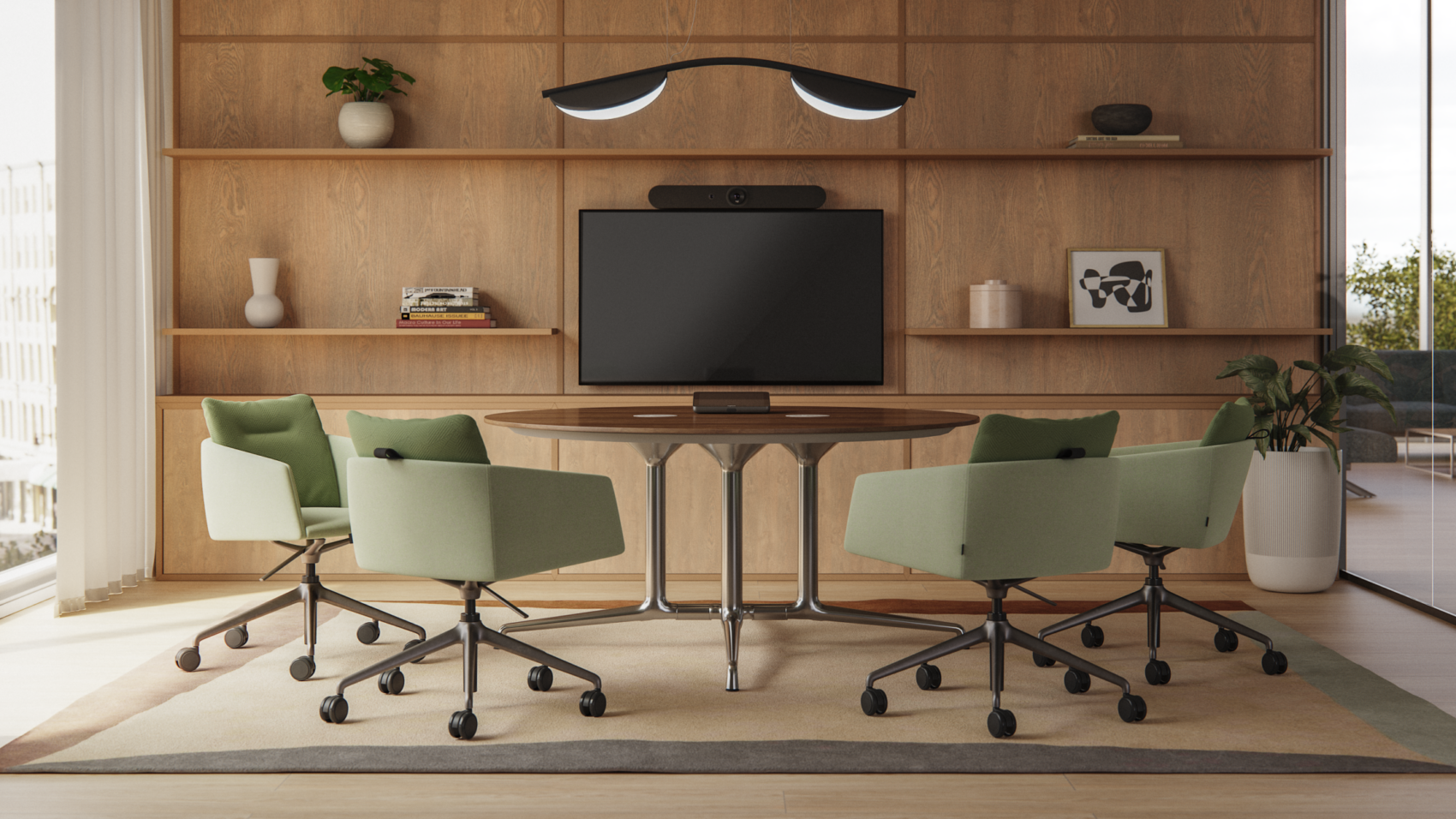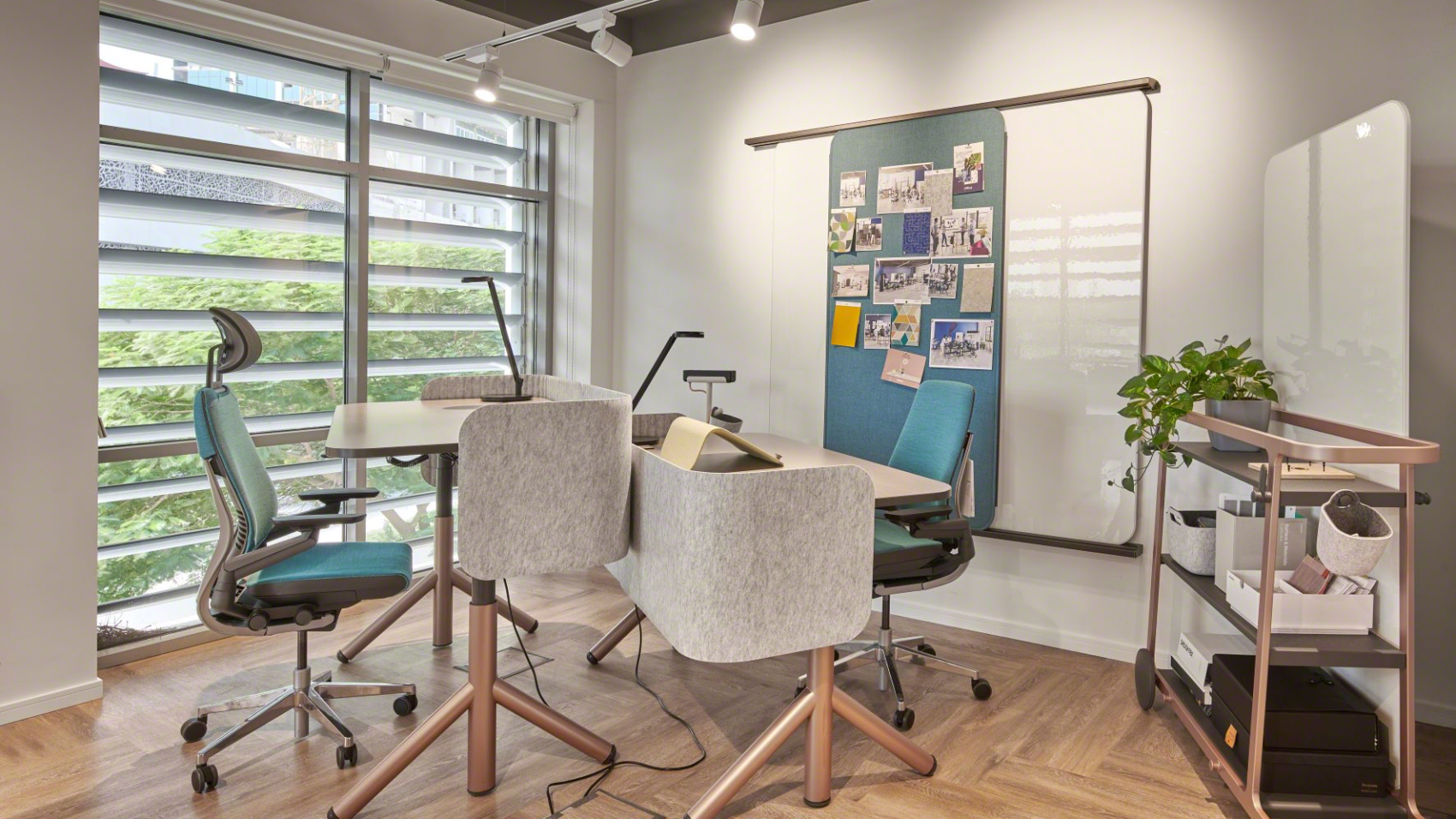If machines can learn, what future value do people bring in a time of rapid advances in AI? It’s about developing uniquely human skills so you can do things computers can’t.
Learning is essential in today’s workplace and we need to help people learn as a regular part of their jobs. But the COVID-19 pandemic had a significant impact on workers’ ability to learn and grow. Remote work made it more difficult for employees to engage in face-to-face training and professional development opportunities.
While there are plenty of high quality online training resources, employees also need to engage in informal learning and mentoring opportunities that happen through casual conversations and serendipitous interactions in the office. According to Future of Work Strategist Heather E. McGowan,
“Long gone are the days when you could ‘dine out’ on the education you got in the early part of your life. With the twin forces of technology and globalization meeting the mega trend of expansive human longevity, our thesis is now reality. In the past we learned one time in order to work; now, we must work in order to learn continuously.”
Heather E. McGowan
A recent survey by the Community of European Management Schools and International Companies alumni (mostly young professionals working in global organizations) reported working from home was harming heir opportunities to learn from each other and more experienced colleagues. They said the inability to easily consult with more experienced colleagues for advice or observe how others deal with situations, prevented them from developing their own skills.

1. Learning impacts retention.
The ability for employees to learn and grow in their career plays a major role when it comes to retaining talent. Many companies are failing.
56% of employees and 68% of business decision makers say there are not enough growth opportunities in their company to make them want to stay long term.
55% say the best way to develop their skills is to change companies.
“Learning is the new pension. It’s how you create future value every day.”
Heather E. McGowan
These insights guide the design of both informal and structured learning experiences:
2. Learning happens everywhere.
Learning is not limited to training rooms. High-performing, adaptable spaces deliver learning opportunities for in-person and remote participants when they include mobile technology. Analog tools and flexible furniture that fosters face-to-face interactions.

3. Learning is a never-ending journey.
Rather than thinking of learning as episodic, like attending a conference or training session, it’s more about nurturing a culture that encourages experimentation and has a tolerance for ambiguity and failure – an organization that’s prepared to try things and learn from what went wrong without assigning blame. That’s an attitude and culture that’s opened to taking risks because they’ve calculated risk and recognized it’s a learning opportunity.
4. Future focused organizations need a learning mindset.
To scale innovation and growth, employees need to be continuously sharing and learning from each other. By bringing people together in collaborative and creative ways, the workplace can help people build strong networks and enable a learning mindset.
Receive our Newsletter
To receive our newsletter, including new editions of spaces and other digital content, fill out the form:







